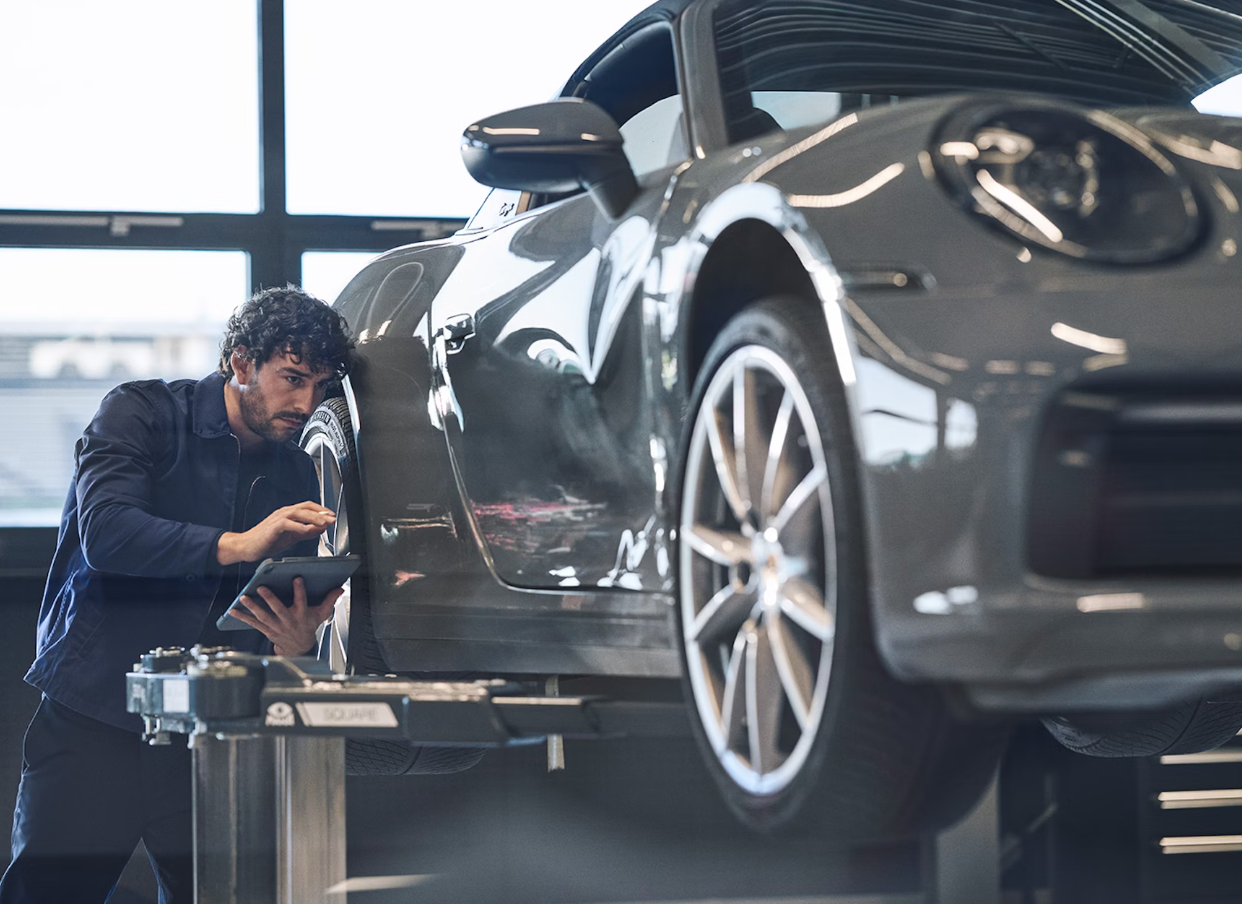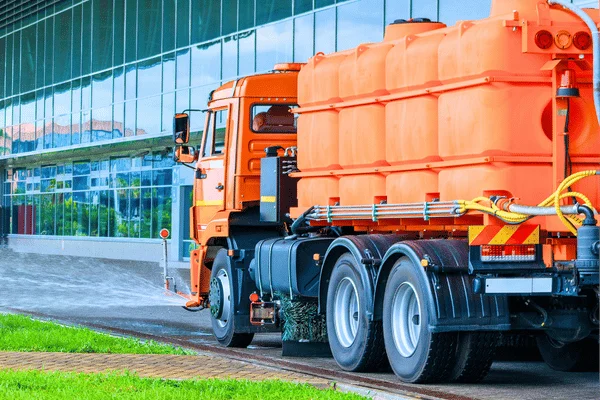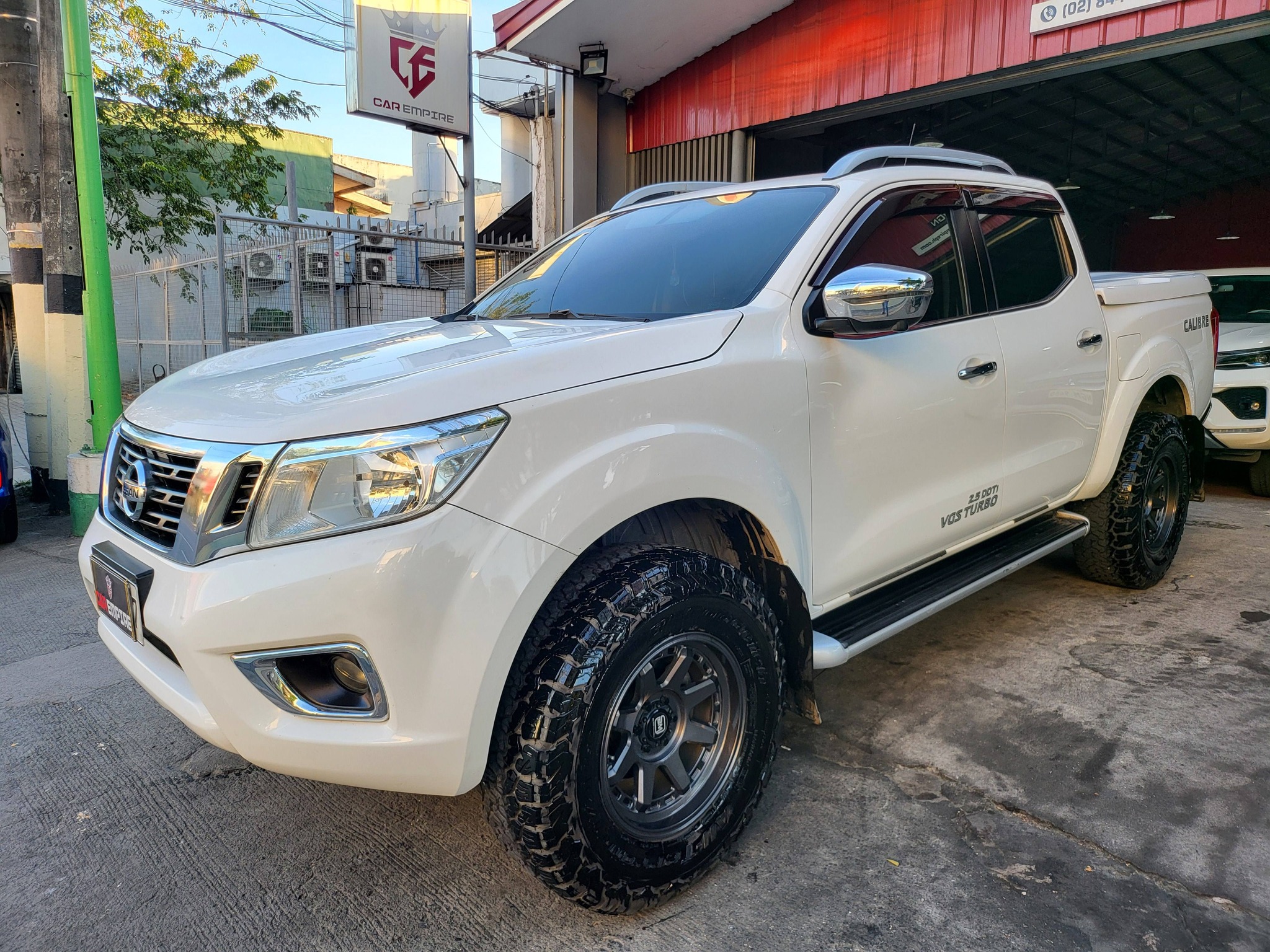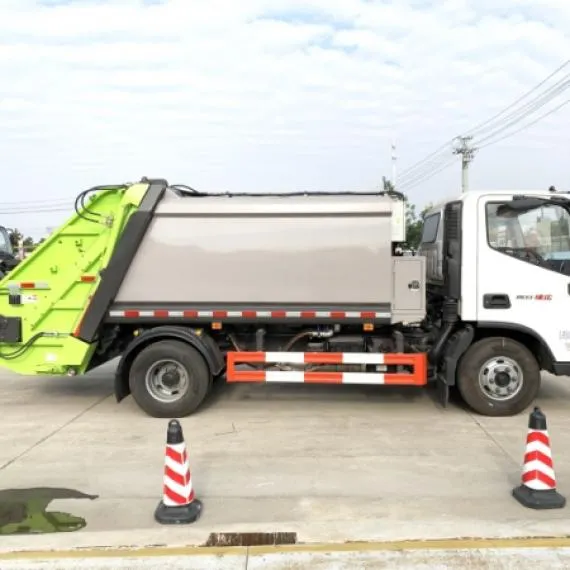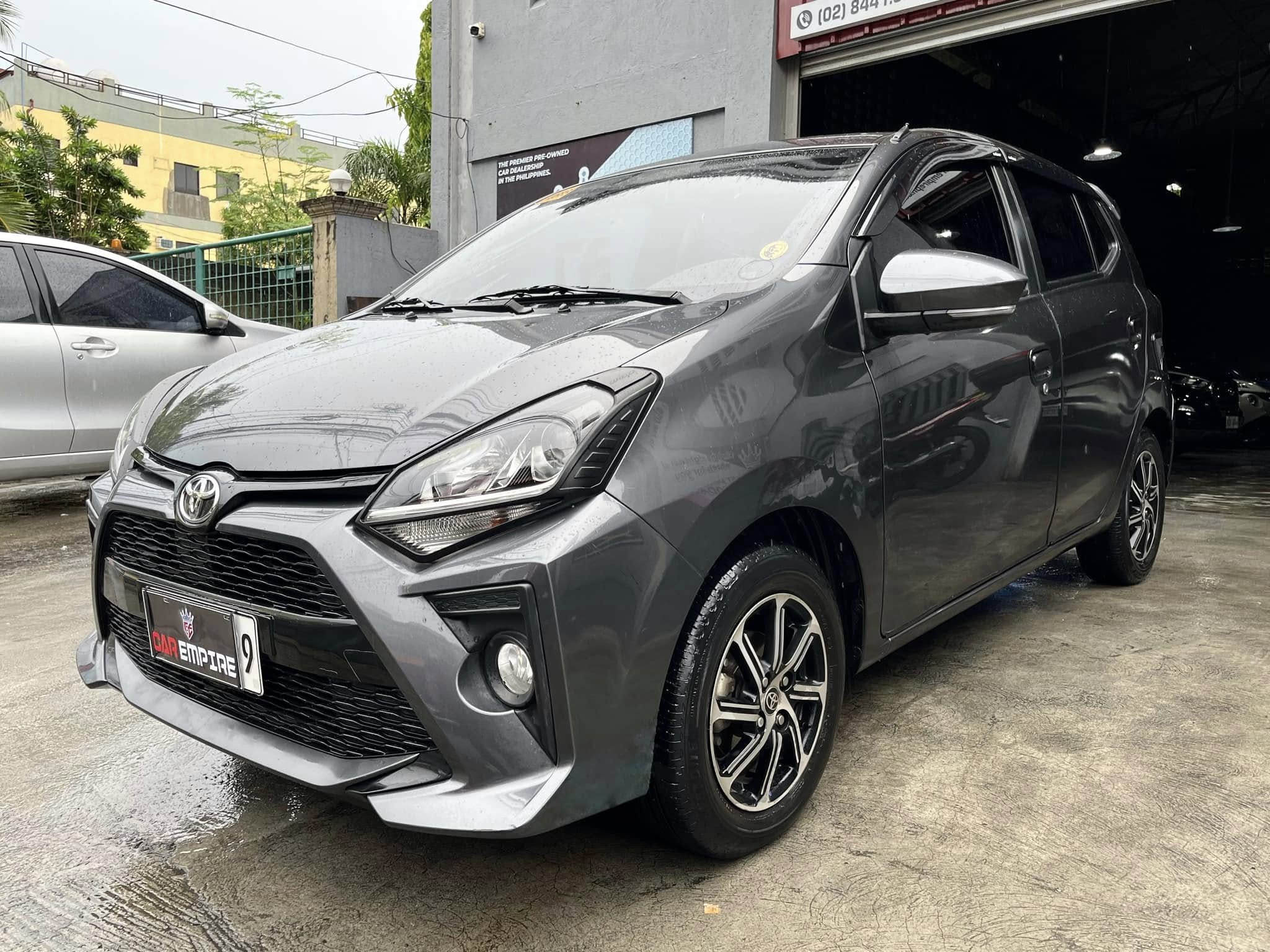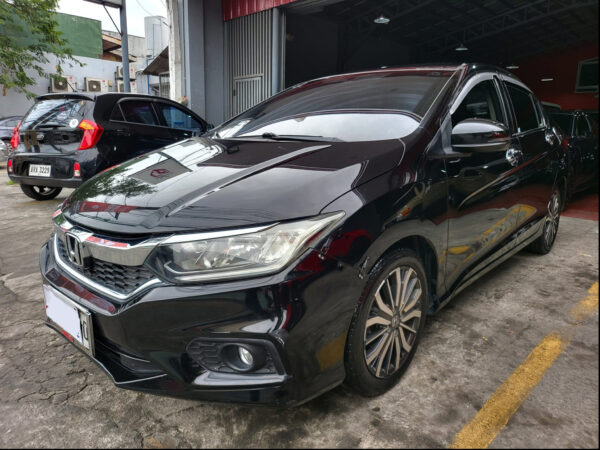Maintaining the appearance and longevity of your car is essential for preserving its value and ensuring it continues to turn heads. While regular washing and waxing may keep your car looking clean, ceramic paint protection has quickly become the go-to solution for car owners who want to take their car care to the next level. This innovative technology offers long-lasting protection against environmental damage while enhancing the overall aesthetic of your vehicle. In this article, we’ll explore how ceramic paint protection can elevate your car’s appearance and safeguard its finish for years to come.
What is Ceramic Paint Protection?
Ceramic paint protection refers to a high-quality, silica-based coating that bonds with your car’s paint to form a protective layer. Unlike traditional wax or sealants, ceramic paint protection creates a durable, hydrophobic surface that repels water, dirt, and other contaminants. This coating enhances the paint’s longevity by providing a barrier against environmental factors such as UV rays, bird droppings, tree sap, and more. When applied correctly, ceramic paint protection results in a high-gloss finish that gives your car that “just detailed” look, while also protecting the paintwork from everyday wear and tear.
Benefits of Ceramic Paint Protection
Enhancing Your Car’s Appearance
One of the most noticeable benefits of ceramic paint protection is its ability to enhance your car’s appearance. This advanced coating creates a deep, reflective shine that makes your car’s paint look smoother and more vibrant. The glossy finish provided by ceramic paint protection helps maintain the showroom look of your vehicle, making it stand out on the road. Whether you have a luxury car or a daily driver, ceramic paint protection improves the overall aesthetics of your vehicle, adding a level of polish and sophistication.
Protecting Against Environmental Damage
Ceramic paint protection acts as a shield against the elements. UV rays, acid rain, road salts, and other environmental pollutants can cause your car’s paint to fade and deteriorate over time. With ceramic paint protection, these damaging elements are repelled, preventing oxidation and fading. The hydrophobic properties of the coating ensure that water beads off the surface, reducing water spots and mineral buildup. This makes ceramic paint protection an essential investment for anyone looking to preserve their car’s exterior for years to come.
Long-Term Cost Savings
While the initial investment in ceramic paint protection may seem higher than traditional waxing or sealants, the long-term savings are significant. Since the coating reduces the need for frequent waxing and detailing, ceramic paint protection lowers maintenance costs. Additionally, it prevents more costly repairs, such as paint corrections, by acting as a protective barrier against scratches and other abrasions. By extending the life of your car’s paint and reducing the frequency of maintenance, ceramic paint protection helps you save money over time.
Ease of Maintenance
Another advantage of ceramic paint protection is the ease of maintenance it provides. The hydrophobic layer created by the coating makes it easier to clean your car, as dirt, water, and grime slide off the surface with minimal effort. This reduces the need for constant washing and makes car care much less time-consuming. With ceramic paint protection, a simple rinse or wipe-down is often enough to keep your car looking spotless, saving you valuable time and effort.
How Ceramic Paint Protection Boosts Longevity
Ceramic paint protection isn’t just about enhancing your car’s looks; it also plays a crucial role in preserving the longevity of your vehicle. The durable coating forms a strong, protective layer that acts as a barrier against scratches, swirl marks, and other minor abrasions. This added layer of defense helps maintain the integrity of your car’s paint over time, reducing the chances of unsightly chips and scratches. By preventing damage to the paint, ceramic paint protection helps your car retain its value, which is especially beneficial when it comes time to sell or trade-in your vehicle.
Application Process of Ceramic Paint Protection
The application of ceramic paint protection requires careful preparation and attention to detail. First, the car’s surface must be thoroughly cleaned and free of any contaminants, such as tar, water spots, or old wax residue. This ensures that the coating bonds effectively with the paint. Once the surface is prepped, the ceramic paint protection is applied in thin, even layers and allowed to cure for several hours. While you can choose to apply ceramic paint protection yourself with a DIY kit, many car owners prefer to have it professionally applied for the best results. Professional-grade application ensures the coating is evenly distributed, providing maximum protection and longevity.
Myths and Misconceptions About Ceramic Paint Protection
Despite its growing popularity, there are several myths surrounding ceramic paint protection that may confuse potential users. One common misconception is that ceramic paint protection makes your car completely scratch-proof. While the coating does add a layer of protection against minor abrasions, it doesn’t make your car invincible to all types of damage. Additionally, some people believe that ceramic paint protection eliminates the need for car maintenance entirely. In reality, regular maintenance and cleaning are still necessary, but the coating makes these tasks easier and less frequent.
Who Should Consider Ceramic Paint Protection?
Ceramic paint protection is suitable for a wide range of car owners, from luxury vehicle enthusiasts to daily commuters. If you want to preserve the appearance of your new car or protect the paintwork of an older vehicle, ceramic paint protection is an excellent option. It’s particularly beneficial for people who live in areas with harsh weather conditions or those who want to minimize the effects of daily exposure to environmental pollutants. Ceramic paint protection is also ideal for individuals who want to reduce the time and effort spent on car maintenance, while still keeping their vehicle looking pristine.
Choosing the Right Ceramic Coating for Your Car
Not all ceramic paint protection products are created equal, so it’s important to choose the right one for your vehicle. Look for reputable brands that offer long-lasting protection, high gloss levels, and ease of application. It’s also crucial to consider whether you want a professional-grade or consumer-grade product. While DIY ceramic coating kits can be convenient, professional coatings typically offer more durability and superior results. Be sure to read reviews and do your research to find the best ceramic paint protection for your car’s needs.
The Long-Term Value of Ceramic Paint Protection
In conclusion, ceramic paint protection is an invaluable investment for anyone who wants to enhance their car’s appearance and extend its lifespan. With benefits such as superior protection from environmental damage, a high-gloss finish, and reduced maintenance requirements, ceramic paint protection offers exceptional value. Whether you have a brand-new car or a cherished classic, applying ceramic paint protection ensures that your vehicle remains in top condition for years to come, saving you time and money while preserving its aesthetic appeal.
FAQs About Ceramic Paint Protection
Q: How long does ceramic paint protection last?
A: The durability of ceramic paint protection varies, but it typically lasts between 2 to 5 years depending on the product and maintenance.
Q: Can ceramic coatings be removed?
A: Yes, although it requires professional-grade tools and techniques to remove ceramic paint protection safely.
Q: Is ceramic coating better than PPF (Paint Protection Film)?
A: Both ceramic paint protection and PPF offer excellent protection, but ceramic paint protection is typically more affordable and easier to maintain. PPF, on the other hand, provides more physical protection from rock chips and impacts.

